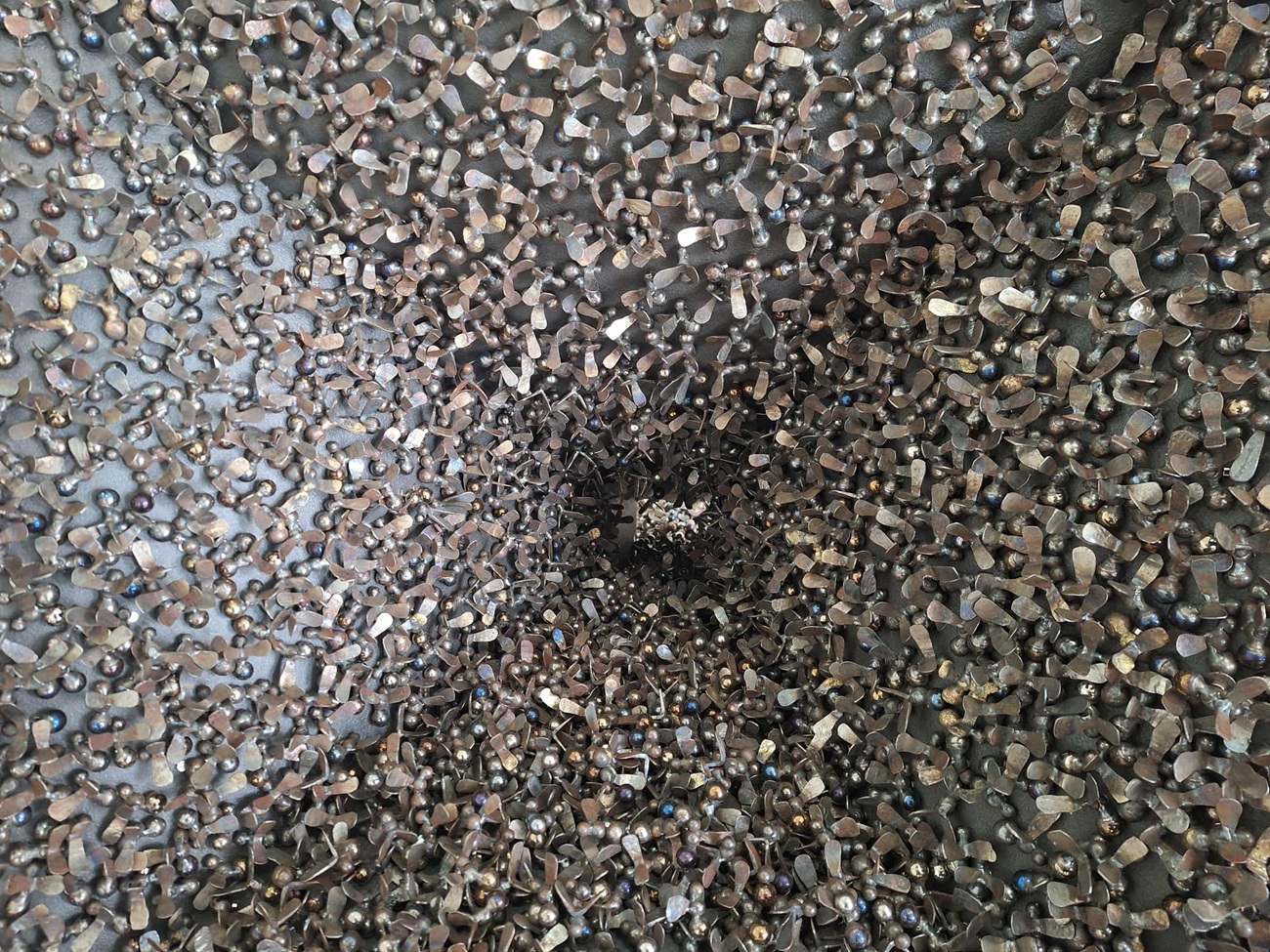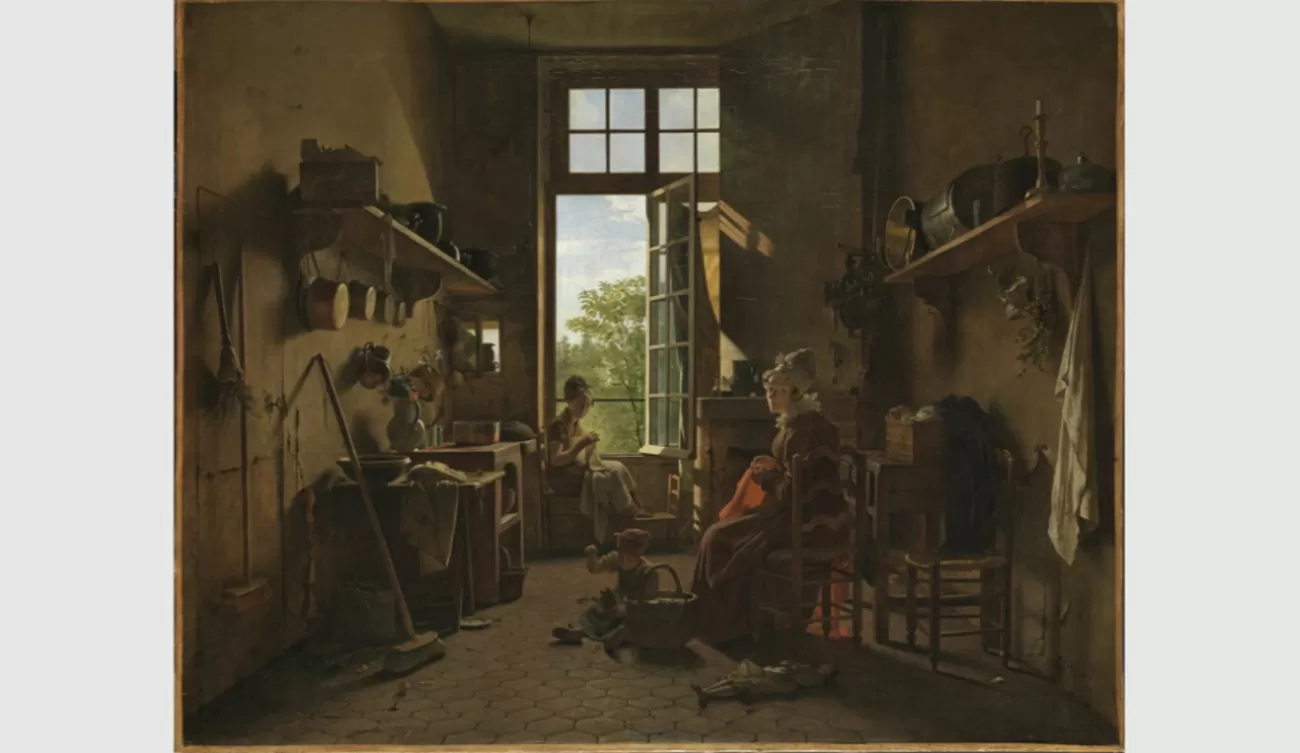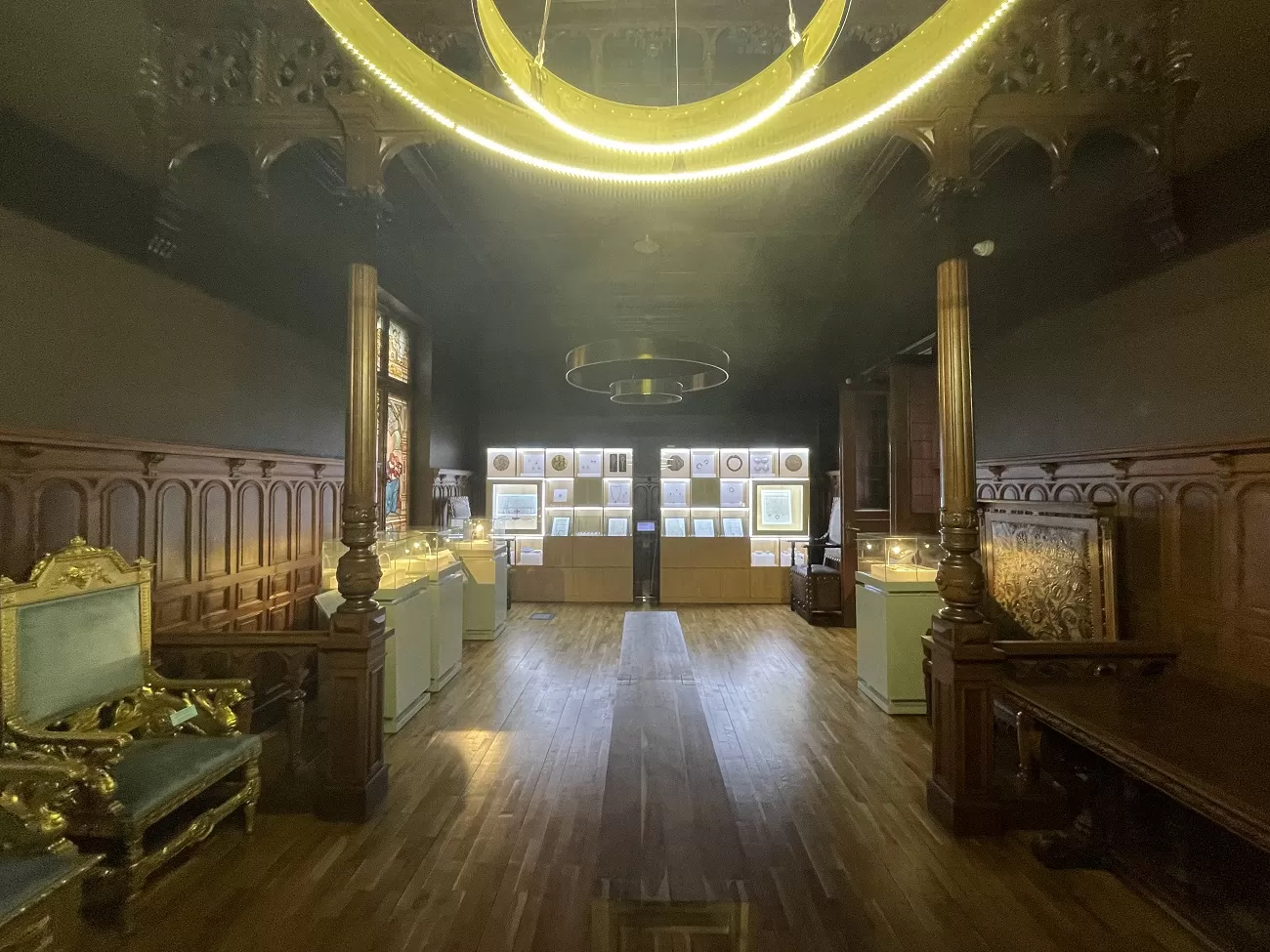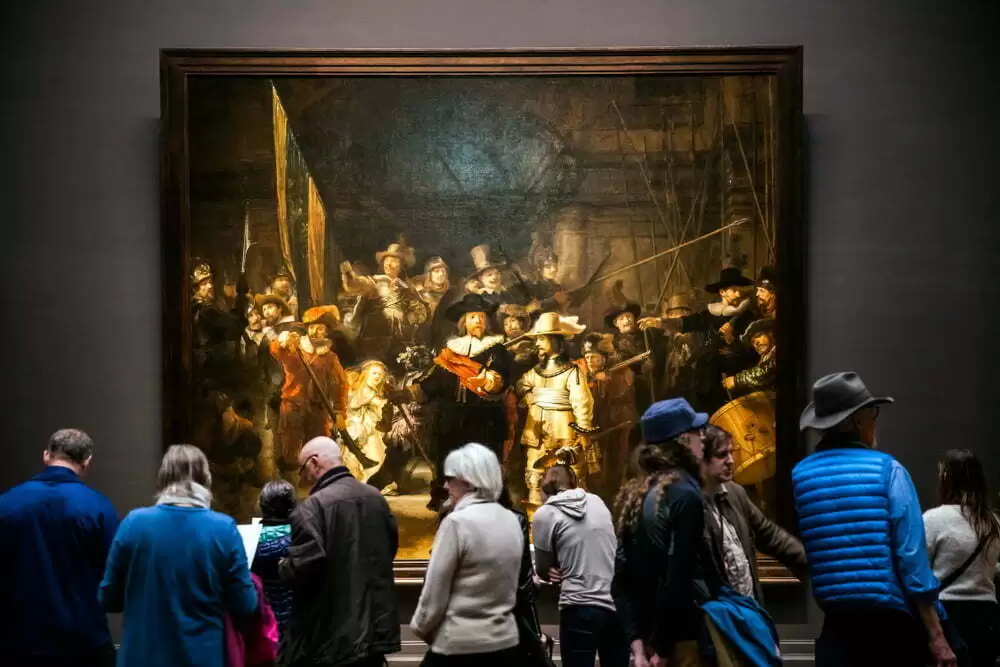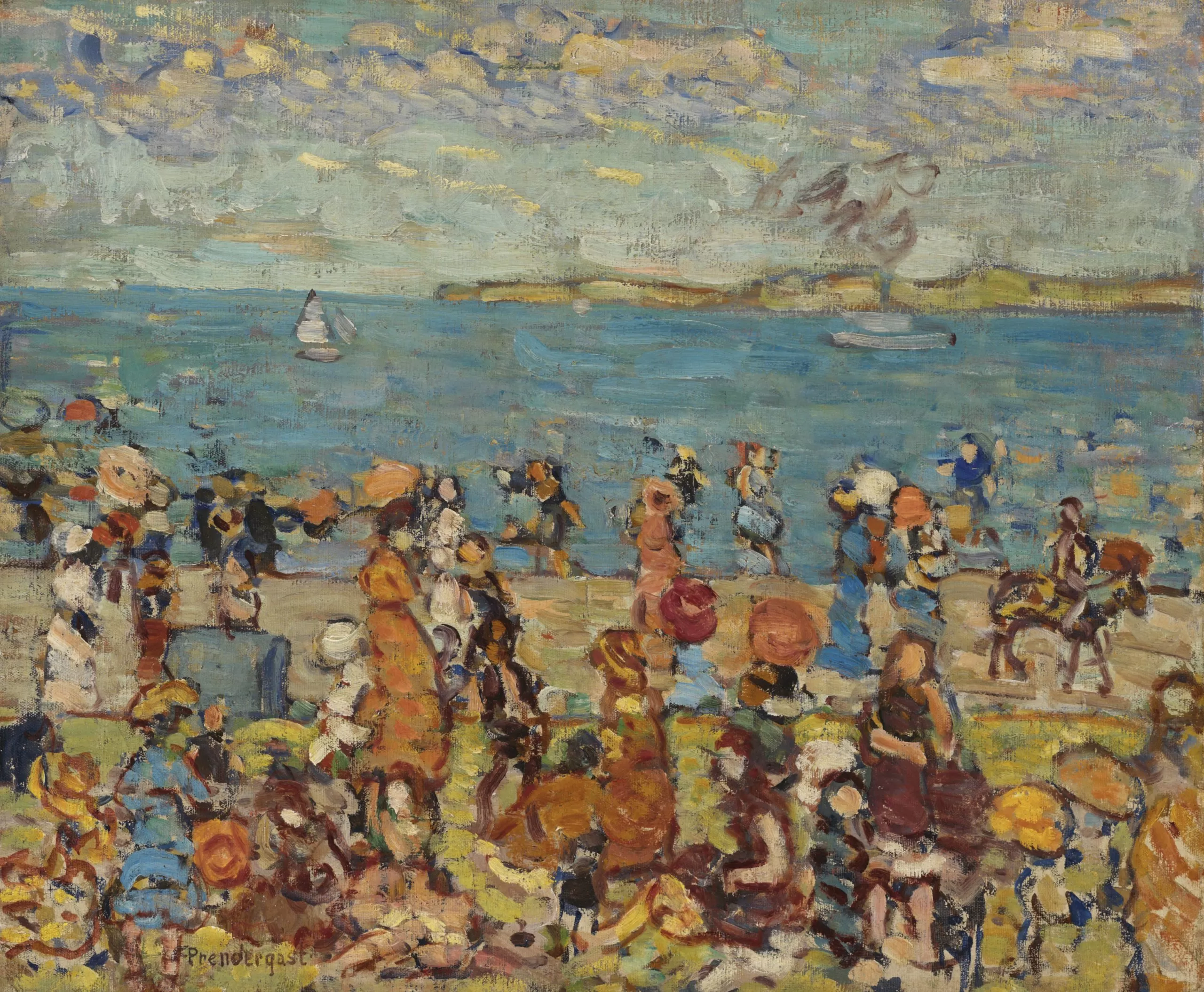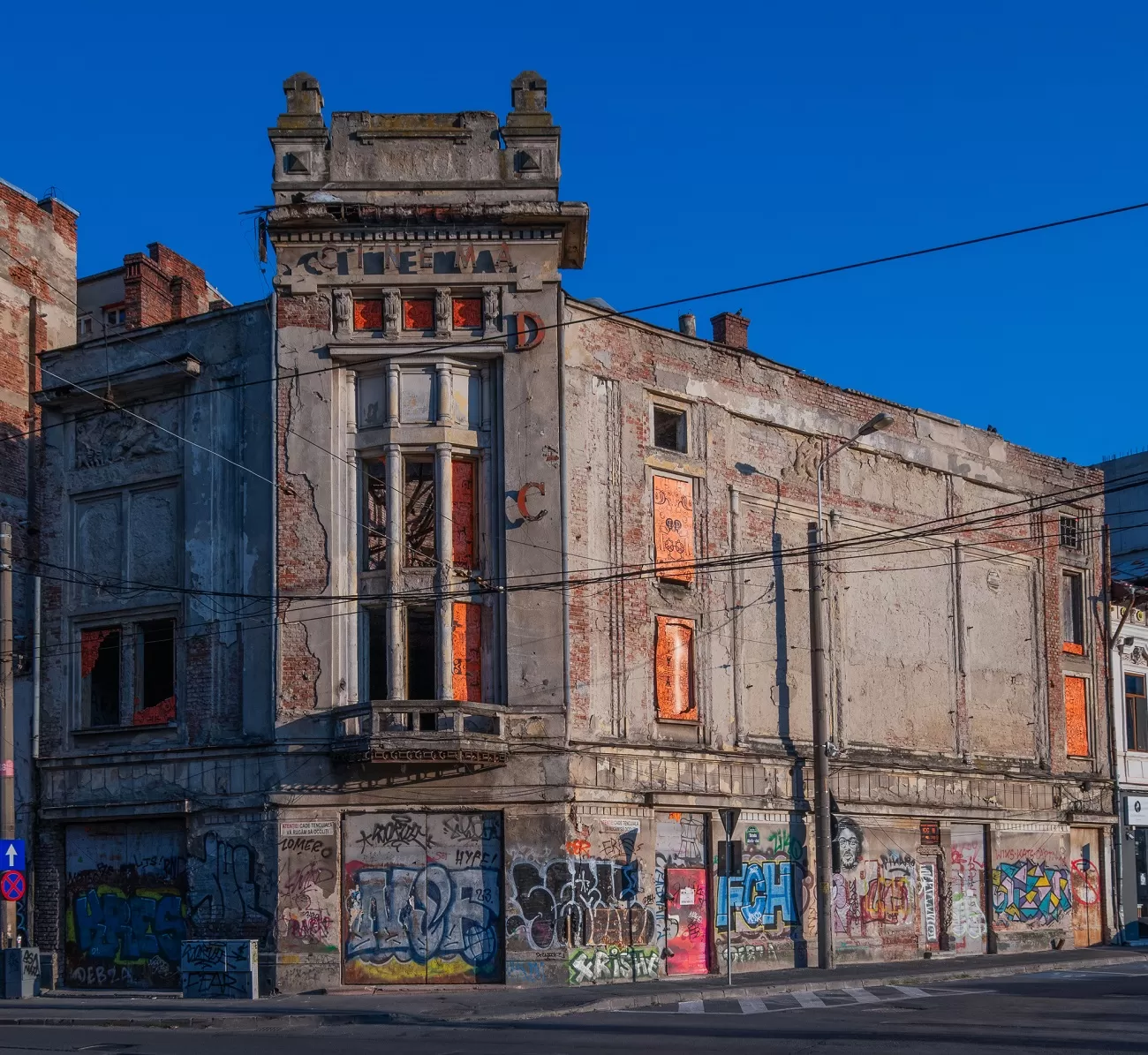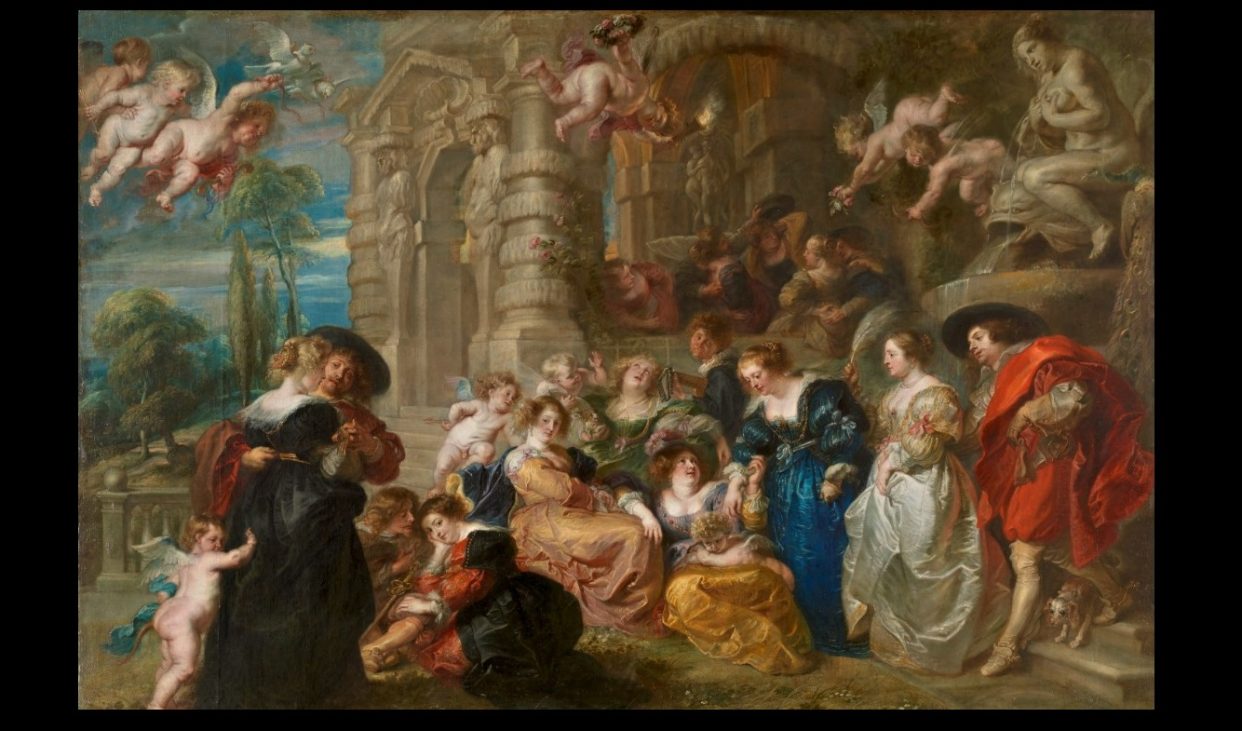
A garden of love in Rubens’ vision
Peter Paul Rubens’ El jardin del amor, painted between 1630 and 1635, after he married his second and last wife, Helena Fourment, is in the Central Gallery of the Museo del Prado.
It is one of Rubens’s greatest transpositions as a painter, according to art historian Alejandro Vergara – demonstrating his ability to create images of a joie de vivre linked to love and inspired by ancient literature and Renaissance art, mainly by Tițian.
This work is close to “Il Baccanale degli Andrii” and “Offrenda a Venus”. Among the characteristics it shares with these paintings are the mixture of mythological and real characters, the statue of Venus dominating the scene, the small lovers hovering above her, the natural setting, the sensual atmosphere and sexual connotations, the presence of music and the relative size of the figures in the composition. One of the women in the gathering, dressed in blue, bears a striking resemblance to Helena Fourment.
Rubens was familiar with the two works by Titian, most likely through copies (they had not yet arrived in Spain when he last visited the country in 1628-1629), and painted versions of them at the same time as he painted The Garden of Love. In this painting the Flemish artist fully assimilated the influence of the Venetian master. The idea of love here is linked to the personal life of Rubens, who was widowed in 1626 and married Helena at the end of 1630, when she was sixteen and he was fifty-three. Ten years later, the artist died. ‘The Garden of Love’, with its strong autobiographical air, remained in the studio until his death.
The studio of Peter Paul Rubens (Sieguen, Germany, 1577 – Antwerp, Belgium, 1640) is recreated in an exhibition at the Prado Museum featuring some 30 works, including paintings by the master, works by his assistants and some collaborative works.
Peter Paul Rubens was the most successful painter in Europe in the first half of the 17th century and one of the most productive – some 1,500 of his works survive. The Prado Museum has the largest collection of Rubens paintings – about 90 – and almost all of them come from Spanish royal collections. Most are on permanent display.
“El taller de Rubens” is open until February 16, 2025, in the Villanueva building of the Madrid museum.
Photo credit: Prado Museum





